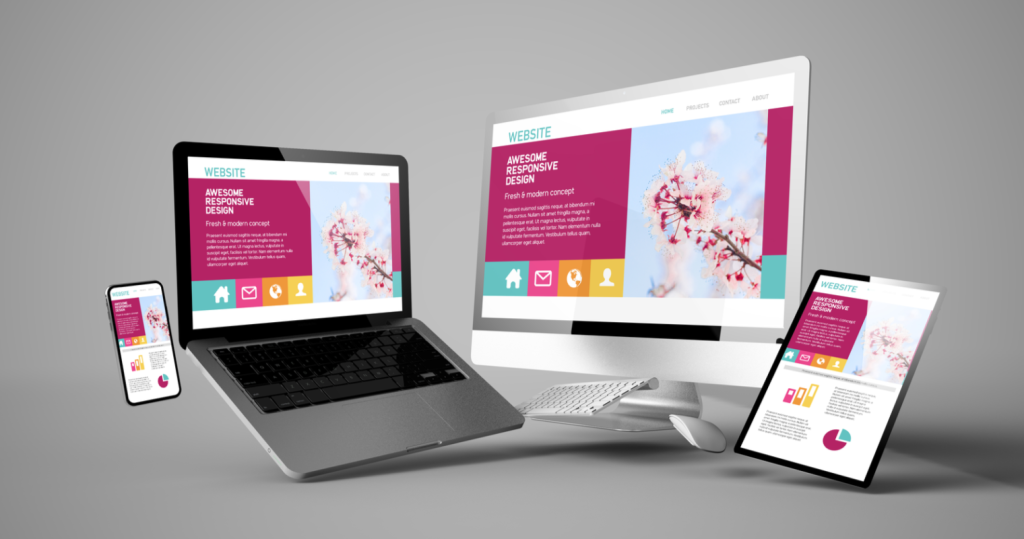As businesses become increasingly digital, the need for cyber security has become more and more important. In this blog post, we will take a look at some of the best practices for protecting your business from cyber threats. We will cover topics such as data protection, network security and firewalls, protection from malware and ransomware, encryption protocols for data storage and transfer, and auditing your cyber security strategy. By the end of this blog post, you should have a good understanding of the best ways to protect your business from cyber threats.
Data Protection Practices
Data protection is the practice of protecting the personal data of individuals. Personal data refers to any information that can identify an individual, such as their name, address, email address, or telephone number. Data protection is important for two reasons: first, it helps to protect the privacy of individuals who have this kind of information; and second, it reduces the risk of identity theft and other types of cyber crime.
There are a number of threats to data security that exist today. These include viruses and malware that can damage your computer or steal your personal data; cyber attacks that aim to steal your confidential information; and unauthorized access by employees who are able to view or access your personal data without your permission. All of these threats can be prevented through the use of good data protection practices.
One way to protect your personal data is to keep it physically secure. This means ensuring that it is not accessible by anyone other than you – whether that means locking down your computer with a password or storing sensitive documents in a safe place away from prying eyes. You should also take steps to protect against cyber attacks by using strong encryption software on your computer and sensitive files.
Another important step indata protection is verifying the accuracy of your personal data. This means verifying that the information you are providing is correct and up-to-date. You should also periodically check for changes or updates to this information so you are always aware of any changes that may have occurred since you last used it.
Organizations should also take measures to protect their data from being compromised in a breach. This may involve implementing robust security measures such as firewalls, intrusion detection systems (IDS), and secure gateways into corporate networks from outside sources. In addition, companies should consider using encryption technologies such as SSL (Secure Sockets Layer) when transferring confidential information online in order for hackers not be able to intercept it and steal valuable intellectual property (IP).
All these precautions Taken together will help safeguard against many typesof cyber crimes including identity theft and financial loss due to cyber attacks.
Network Security & Firewall Solutions
As the world becomes more and more connected, it’s important to take measures to protect your data. Networks are a critical part of any business, and if they’re not secure, your business can suffer. Network security and firewall solutions are important for protecting your data by preventing unauthorized access and protecting against cyber threats.
Network security is complex, but it’s essential that you understand what it is and why it’s important. A network is a collection of devices (computers, phones, etc.) that are connected together so that they can share resources (files, printers, etc.). Networks need to be protected in order to keep your data safe from prying eyes. Cyber threats occur when someone tries to access or steal your data without your permission. Firewall solutions help protect networks by blocking unauthorized access from the internet or other networks.
Different types of cyber security tools are available on the market today, so it’s important to select the right one for your needs. There are several factors that you’ll need to take into account when selecting a security solution: the type of data that you’re protecting, the type of device(s) you’re protecting it on, how often the device will be used, and budget constraints. Once you’ve selected a security solution, make sure to implement it properly by following best practices for maintaining effective security measures in the long run.
Finally, network security isn’t just about preventing cyber threats – it’s also about promoting productivity by ensuring that everyone has access to resources they need without issue. By using a firewall solution alongside other privacy-enhancing technologies such as VPNs (virtual private networks), you can help keep sensitive information private while still allowing employees access to their work files and emails.
Protecting Your Business From Malware & Ransomware
Malware and ransomware are two of the most common threats to businesses today. Unfortunately, these threats are becoming increasingly common and businesses need to be proactive in their protection measures. In this section, we will outline what malware and ransomware are, discuss the common vulnerabilities that businesses face, and provide steps that you can take to protect your business from attack.
First, what is malware? Malware is a term used to describe any type of malicious software. This includes viruses, worms, Trojan horses, spyware, and other forms of malware. Malicious software can infect your computer system in a number of ways, including through email attachments or links in spam emails. Once installed on your computer system, malware can do a number of harmful things including stealing data or causing damage to your computer system.
Second, what is ransomware? Ransomware is a type of malware that forces you to pay a ransom in order to decrypt your files or restore them to their original state. This type of malware typically infects business computers through phishing scams or malicious websites that install infected software without your knowledge. Once installed on your computer system, ransomware will encrypt all the files on your device with a unique password. To decrypt these files you will need to pay the ransom specified by the attacker.
Third, what are the common vulnerabilities faced by businesses? Many businesses have outdated security systems that are vulnerable to attacks from hackers. Common vulnerabilities include weak passwords and outdated antivirus software protections. In addition, many companies rely too much on manual security procedures instead of using automated tools. By taking some simple steps such as updating passwords and installing updated antivirus software, you can help protect your business from attack.
Fourth, how should I respond if I am attacked by malware or ransomware? If you ever encounter an attack where malicious software has been installed on your computer system, there are several steps that you should take. First, try not to panic – there’s usually no need for histrionics when it comes to facing down malware threats. Second, back up important data before any action is taken – if something goes wrong during an attack it’s often helpful to have a copy of important files safe and away from the virus infection. Third, disable unsecured connections – make sure only trusted networks are allowed access into your office network. Finally, contact technical support for assistance – having someone who understands how modern technology works can be invaluable during an attack.
Encryption Protocols For Data Storage & Transfer
Data security is of the utmost importance, and encryption is one of the best ways to protect your data. Encryption protocols are essential in data storage and transfer, and it’s important to understand the different kinds of encryption that are out there as well as the importance of each. By understanding these principles, you can maximize data protection and ensure that your information remains safe no matter what happens.
There are two main types of encryption protocols: symmetric and asymmetric. Symmetric encryption uses the same key to encrypt and decrypt data, while asymmetric encryption uses two different keys – one for encrypting data and another for decrypting it. The main advantage to asymmetric encryption is that it’s more secure than symmetric encryption because it’s harder for someone to decrypt data if they don’t have the appropriate key.
It’s also important to understand how different encryption protocols work together. For example, AES (Advanced Encryption Standard) is a symmetric algorithm that can be used with 128-bit or 256-bit keys, respectively. This means that AES can protect data using either a 128-bit or 256-bit key. However, if you want to encrypt larger files using AES with a 256-bit key, you’ll need to use a message digest algorithm (such as MD5) in addition to AES – this is called a tripleDES configuration because three DES algorithms are being used simultaneously (AES + MD5 + RC4).
When choosing an appropriate protocol for your needs, it’s important to take into account factors such as file size, number of users accessing the information, and security requirements. You can also evaluate various cryptographic hash functions (such as SHA1 or SHA2) in order to determine which one will provide adequate security for your data. Finally, make sure you keep track of your encrypted information by managing keys appropriately and securely storing them away from prying eyes!

